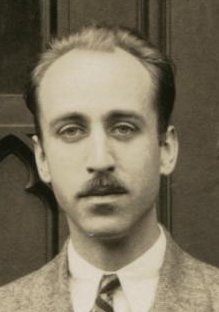Transition amplitudes#
Solving the TDSE#
Consider a Hamiltonian with the following structure
where we know the eigenvectors \(\ket{n}\) of \(H_0\) and the associated eigenvalues \(E_n\). At any time \(t\) we can expand our state in the basis \(\ket{n}\) which we take to be orthonormal (as such a basis of eigenvectors of the Hermitian operator \(H_0\) always exists).:
We can then write the time-dependent Schroedinger equation
as
taking the inner product with a specific eigenket \(\bra{n}\) we have
which is a coupled set of first order differential equations.
The interaction picture#
Now the first time on the right hand side is a nuisance and at any rate does not correspond to a change in teh amplitude of \(c_n\). To see this, we redefine
Making this substitution, we find that the time derivative acting on \(c_n\) includes a term that cancels the \(E_n c_n\) term. The upshot is:
where we define interaction picture operators as
Here \(\cO_S(t)\) is a Schrodinger picture operator, which we have allowed to have explicit time-dependence (for example, if we want to subject a charged particle to a time-dependent electromagnetic field). We can also define the state in the interaction picture as
This is like the Heisenberg picture, but instead of evolving the actual state from \(t\) back to \(t = 0\) with the full Hamiltonian, we do so with the unperturbed Hamiltonian \(H_0\). The difference between these two protocols is a measure of the degree of interaction. Indeed, we can see from equation (337) that the Schroedinger equation can be written as
Since we are interested in transitions (changes of the state) induced by interactions, this formulation isolates the questions at hand.
